-
 Bitcoin
Bitcoin $117500
2.15% -
 Ethereum
Ethereum $3911
6.19% -
 XRP
XRP $3.316
10.79% -
 Tether USDt
Tether USDt $1.000
0.01% -
 BNB
BNB $787.2
2.24% -
 Solana
Solana $175.2
4.15% -
 USDC
USDC $0.9999
0.00% -
 Dogecoin
Dogecoin $0.2225
8.40% -
 TRON
TRON $0.3383
0.28% -
 Cardano
Cardano $0.7868
6.02% -
 Stellar
Stellar $0.4382
9.34% -
 Hyperliquid
Hyperliquid $40.92
7.56% -
 Sui
Sui $3.764
7.63% -
 Chainlink
Chainlink $18.48
10.66% -
 Bitcoin Cash
Bitcoin Cash $582.1
1.88% -
 Hedera
Hedera $0.2601
6.30% -
 Avalanche
Avalanche $23.33
4.94% -
 Ethena USDe
Ethena USDe $1.001
0.02% -
 Litecoin
Litecoin $122.3
2.04% -
 UNUS SED LEO
UNUS SED LEO $8.969
-0.27% -
 Toncoin
Toncoin $3.339
0.86% -
 Shiba Inu
Shiba Inu $0.00001287
4.30% -
 Uniswap
Uniswap $10.43
7.38% -
 Polkadot
Polkadot $3.861
5.08% -
 Dai
Dai $1.000
0.02% -
 Bitget Token
Bitget Token $4.513
3.41% -
 Monero
Monero $267.7
-6.18% -
 Cronos
Cronos $0.1499
4.14% -
 Pepe
Pepe $0.00001110
5.15% -
 Aave
Aave $284.9
8.28%
How to calculate the forced liquidation price of Bithumb's contract?
Calculating Bithumb's forced liquidation price is key for traders to manage risk, using parameters like contract size, leverage, and maintenance margin.
Apr 18, 2025 at 06:21 am
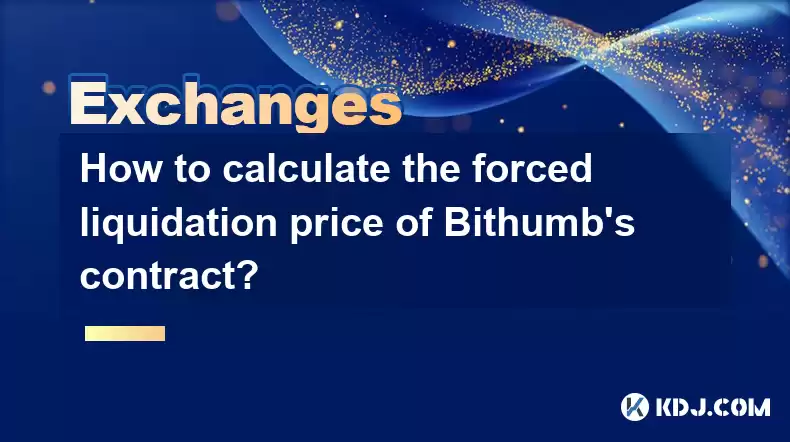
Calculating the forced liquidation price of Bithumb's contract is essential for traders to manage their risk effectively. Forced liquidation occurs when a trader's position is automatically closed by the exchange due to insufficient margin to cover potential losses. Understanding how to calculate this price helps traders know when they might be at risk of liquidation, allowing them to take appropriate actions to prevent it. In this article, we will delve into the detailed process of calculating the forced liquidation price for both long and short positions on Bithumb's futures contracts.
Understanding Bithumb's Futures Contracts
Bithumb, a prominent cryptocurrency exchange, offers futures contracts that allow traders to speculate on the future price of cryptocurrencies. These contracts are leveraged, meaning traders can control a large position with a relatively small amount of capital. However, with leverage comes the risk of liquidation if the market moves against the trader's position.
Futures contracts on Bithumb typically involve trading Bitcoin (BTC) or other cryptocurrencies against the Korean Won (KRW). The key parameters of these contracts include the contract size, leverage, and maintenance margin. Understanding these parameters is crucial for calculating the forced liquidation price.
Key Parameters for Liquidation Calculation
To accurately calculate the forced liquidation price, you need to be aware of the following key parameters:
- Contract Size: The amount of cryptocurrency that each contract represents.
- Leverage: The ratio of the trader's position size to the margin required to open the position.
- Maintenance Margin: The minimum amount of margin required to keep the position open.
- Entry Price: The price at which the trader entered the position.
Calculating the Forced Liquidation Price for Long Positions
For a long position, the forced liquidation price is the price at which the unrealized loss equals the maintenance margin. Here's how to calculate it:
- Step 1: Determine the entry price of your long position.
- Step 2: Calculate the total value of your position at the entry price. This is done by multiplying the contract size by the entry price.
- Step 3: Calculate the maintenance margin required for your position. This is typically a percentage of the total position value.
- Step 4: Calculate the unrealized loss that would equal the maintenance margin. This is done by finding the price at which the loss equals the maintenance margin.
- Step 5: Solve for the forced liquidation price using the formula:
[ \text{Forced Liquidation Price} = \text{Entry Price} \times \left(1 - \frac{\text{Maintenance Margin}}{\text{Leverage} \times \text{Entry Price} \times \text{Contract Size}}\right) ]
Calculating the Forced Liquidation Price for Short Positions
For a short position, the forced liquidation price is the price at which the unrealized profit equals the maintenance margin. Here's how to calculate it:
- Step 1: Determine the entry price of your short position.
- Step 2: Calculate the total value of your position at the entry price. This is done by multiplying the contract size by the entry price.
- Step 3: Calculate the maintenance margin required for your position. This is typically a percentage of the total position value.
- Step 4: Calculate the unrealized profit that would equal the maintenance margin. This is done by finding the price at which the profit equals the maintenance margin.
- Step 5: Solve for the forced liquidation price using the formula:
[ \text{Forced Liquidation Price} = \text{Entry Price} \times \left(1 + \frac{\text{Maintenance Margin}}{\text{Leverage} \times \text{Entry Price} \times \text{Contract Size}}\right) ]
Example Calculation for Long Position
Let's go through an example to illustrate how to calculate the forced liquidation price for a long position on Bithumb:
- Contract Size: 1 BTC
- Leverage: 10x
- Maintenance Margin: 0.5% of the total position value
- Entry Price: 30,000,000 KRW
Using the formula provided earlier:
[ \text{Forced Liquidation Price} = 30,000,000 \times \left(1 - \frac{0.005}{10 \times 30,000,000 \times 1}\right) ]
[ \text{Forced Liquidation Price} = 30,000,000 \times \left(1 - \frac{0.005}{300,000,000}\right) ]
[ \text{Forced Liquidation Price} = 30,000,000 \times \left(1 - 0.0000000167\right) ]
[ \text{Forced Liquidation Price} = 30,000,000 \times 0.9999999833 ]
[ \text{Forced Liquidation Price} \approx 29,999,999.5 \text{ KRW} ]
Example Calculation for Short Position
Now, let's calculate the forced liquidation price for a short position using the same parameters:
- Contract Size: 1 BTC
- Leverage: 10x
- Maintenance Margin: 0.5% of the total position value
- Entry Price: 30,000,000 KRW
Using the formula provided earlier:
[ \text{Forced Liquidation Price} = 30,000,000 \times \left(1 + \frac{0.005}{10 \times 30,000,000 \times 1}\right) ]
[ \text{Forced Liquidation Price} = 30,000,000 \times \left(1 + \frac{0.005}{300,000,000}\right) ]
[ \text{Forced Liquidation Price} = 30,000,000 \times \left(1 + 0.0000000167\right) ]
[ \text{Forced Liquidation Price} = 30,000,000 \times 1.0000000167 ]
[ \text{Forced Liquidation Price} \approx 30,000,001.5 \text{ KRW} ]
Practical Steps to Calculate Forced Liquidation Price on Bithumb
To practically calculate the forced liquidation price on Bithumb, follow these steps:
- Log into your Bithumb account and navigate to the futures trading section.
- Select the futures contract you are trading (e.g., BTC/KRW).
- Open a position by specifying the leverage and entry price.
- Note down the contract size, which is typically provided by Bithumb.
- Check the maintenance margin requirement, which can be found in the contract specifications.
- Use the formulas provided to calculate the forced liquidation price based on whether you have a long or short position.
Frequently Asked Questions
Q1: Can the forced liquidation price change after I open a position?
Yes, the forced liquidation price can change if the maintenance margin requirement or the leverage of your position changes. Always keep an eye on these parameters as they can affect your risk of liquidation.
Q2: What happens if the market price reaches my forced liquidation price?
If the market price reaches your forced liquidation price, Bithumb will automatically close your position to prevent further losses. You will lose your initial margin and any unrealized profits or losses will be realized at the liquidation price.
Q3: How can I prevent forced liquidation?
To prevent forced liquidation, you can add more margin to your position, reduce your leverage, or close part of your position to decrease the risk. Monitoring the market closely and setting stop-loss orders can also help manage your risk.
Q4: Does Bithumb provide tools to calculate the forced liquidation price?
Bithumb typically provides tools and calculators within their trading platform to help traders estimate their forced liquidation price. However, it's always good to understand the calculation manually to ensure accuracy and better manage your positions.
Disclaimer:info@kdj.com
The information provided is not trading advice. kdj.com does not assume any responsibility for any investments made based on the information provided in this article. Cryptocurrencies are highly volatile and it is highly recommended that you invest with caution after thorough research!
If you believe that the content used on this website infringes your copyright, please contact us immediately (info@kdj.com) and we will delete it promptly.
- SNEK, Cardano, and the Contributor's Conundrum: A Meme Coin's Fight for Recognition
- 2025-08-08 16:30:12
- Toshi Crypto's Wild Ride: Rally, Demand Slump, and What's Next
- 2025-08-08 16:30:12
- Ethereum, Staking Yields, and DeFi Exposure: A New Era for Investors?
- 2025-08-08 15:10:12
- Unilabs Pumps MIA, Binance Coin Bouncing Back, and Ethereum's Bearish Blues
- 2025-08-08 15:10:12
- Ethereum's Wyckoff Markup and Market Rotation: A New Era?
- 2025-08-08 15:30:12
- Ethereum, Vitalik Buterin, and the Overleveraged Game: A Balancing Act
- 2025-08-08 15:30:12
Related knowledge

How to use margin trading on Poloniex
Aug 08,2025 at 09:50am
Understanding Margin Trading on Poloniex
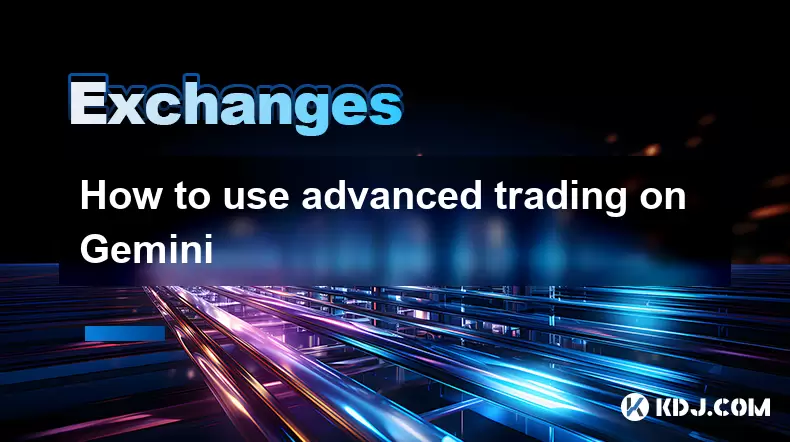
How to use advanced trading on Gemini
Aug 08,2025 at 04:07am
Understanding Advanced Trading on GeminiAdvanced trading on Gemini refers to a suite of tools and order types designed for experienced traders who wan...
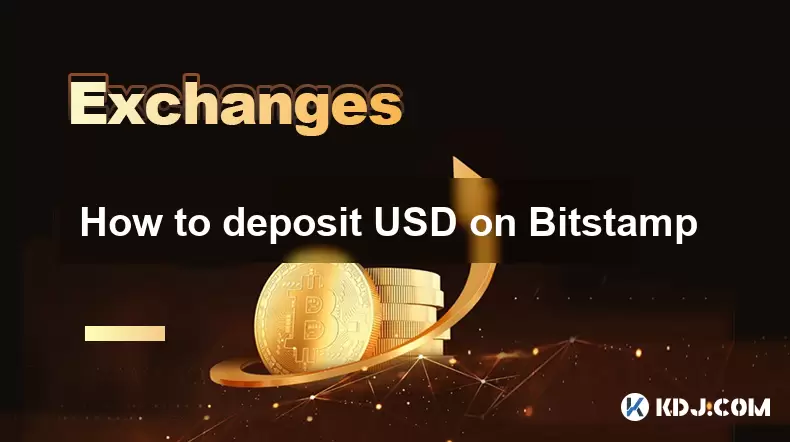
How to deposit USD on Bitstamp
Aug 07,2025 at 05:18pm
Understanding Bitstamp and USD DepositsBitstamp is one of the longest-standing cryptocurrency exchanges in the industry, offering users the ability to...
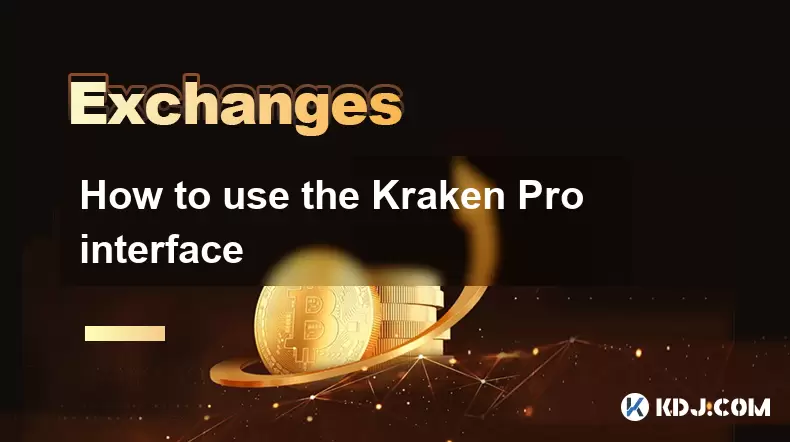
How to use the Kraken Pro interface
Aug 08,2025 at 09:57am
Understanding the Kraken Pro Interface LayoutThe Kraken Pro interface is designed for both novice and experienced traders seeking a streamlined experi...
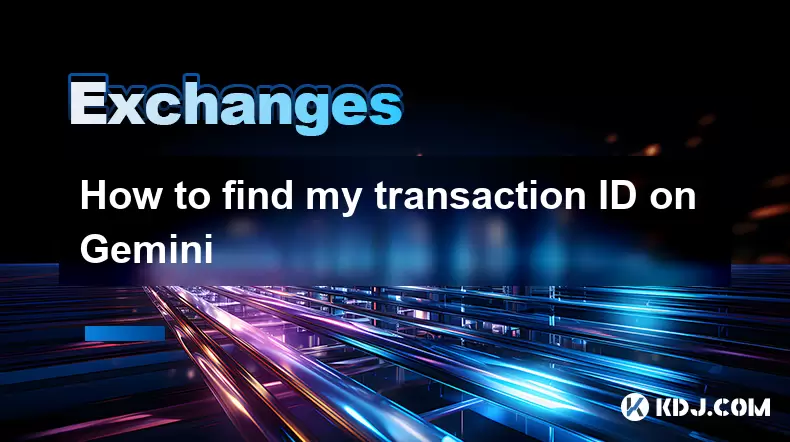
How to find my transaction ID on Gemini
Aug 08,2025 at 12:50am
Understanding the Transaction ID in Cryptocurrency ExchangesA transaction ID (TXID) is a unique alphanumeric string that identifies a specific transfe...
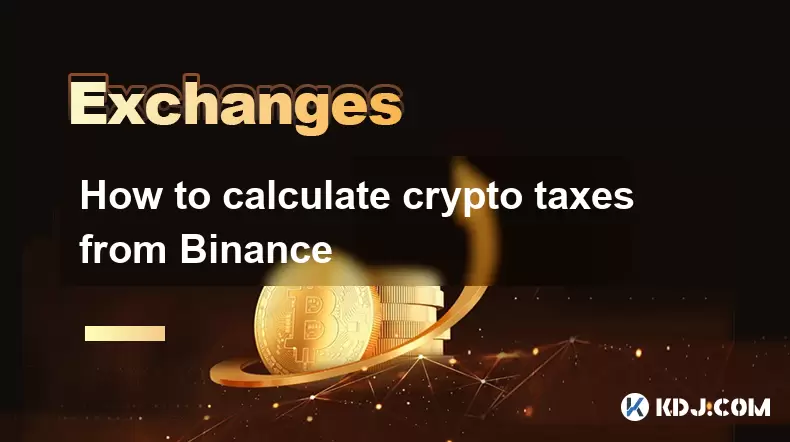
How to calculate crypto taxes from Binance
Aug 08,2025 at 07:56am
Understanding Cryptocurrency Taxation on BinanceCalculating crypto taxes from Binance requires a clear understanding of how tax authorities classify d...

How to use margin trading on Poloniex
Aug 08,2025 at 09:50am
Understanding Margin Trading on Poloniex

How to use advanced trading on Gemini
Aug 08,2025 at 04:07am
Understanding Advanced Trading on GeminiAdvanced trading on Gemini refers to a suite of tools and order types designed for experienced traders who wan...

How to deposit USD on Bitstamp
Aug 07,2025 at 05:18pm
Understanding Bitstamp and USD DepositsBitstamp is one of the longest-standing cryptocurrency exchanges in the industry, offering users the ability to...

How to use the Kraken Pro interface
Aug 08,2025 at 09:57am
Understanding the Kraken Pro Interface LayoutThe Kraken Pro interface is designed for both novice and experienced traders seeking a streamlined experi...

How to find my transaction ID on Gemini
Aug 08,2025 at 12:50am
Understanding the Transaction ID in Cryptocurrency ExchangesA transaction ID (TXID) is a unique alphanumeric string that identifies a specific transfe...

How to calculate crypto taxes from Binance
Aug 08,2025 at 07:56am
Understanding Cryptocurrency Taxation on BinanceCalculating crypto taxes from Binance requires a clear understanding of how tax authorities classify d...
See all articles

























































































